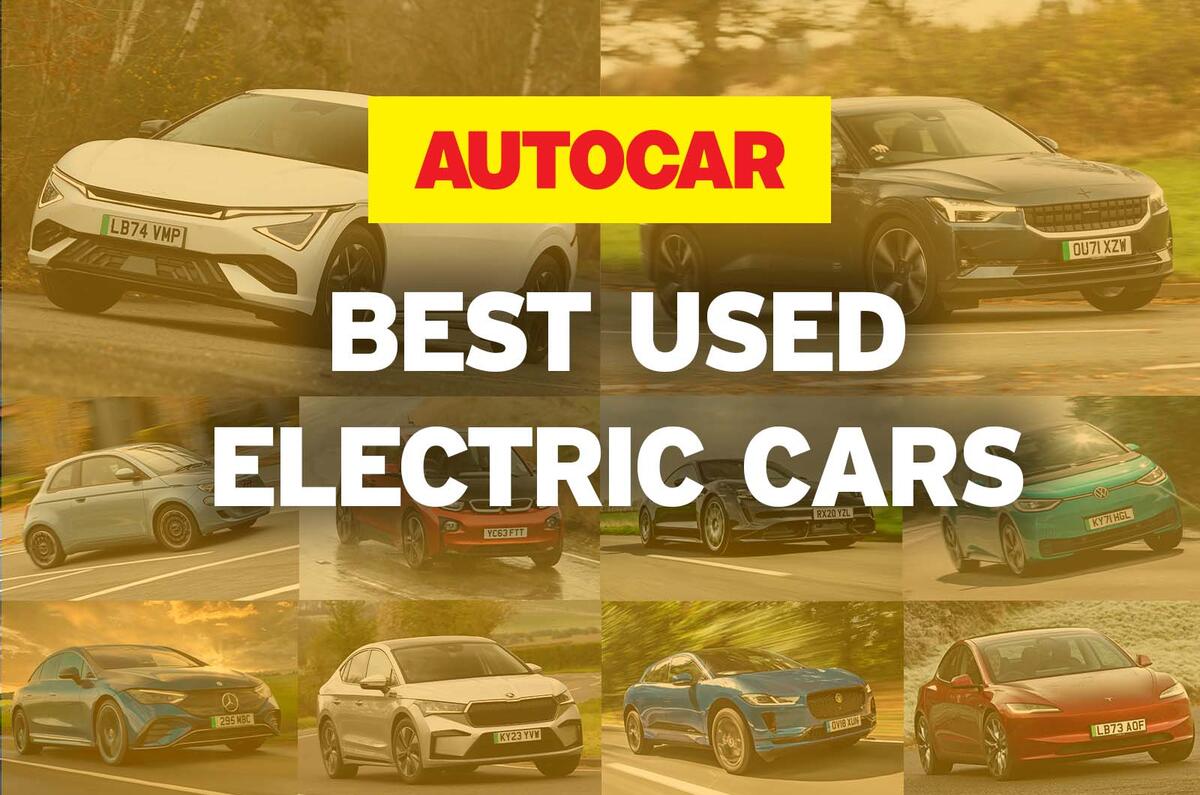The used electric car market remains an erratic place, but there’s good news if you’re after a touring EV.
There’s a huge variety of long-rangers offering some 250 miles of real-world range and rapid charging for usefully under £20,000.
If you can, buy from a dealer with EV experience who can provide a battery report. Modern EV batteries are proving to be robust and long-lived, so don’t be afraid of high-mileage cars.
But with battery degradation still a factor, it’s good to have full transparency on the charging history and state of health for the battery in the car you’re considering.
And while many EV sceptics are wary of the potential pitfalls of electric car technology, overall they’re quite simple and reliable. An electric motor has only a small number of moving parts compared with thousands inside a combustion engine.
Electric cars are also much cheaper to run, particularly if you can charge at home. Plus, range anxiety is slowly becoming a thing of the past as the public charging network grows.
We think the best used EV is the Polestar 2 for its sophisticated driving dynamics, upmarket interior and solid range and efficiency.
But it isn’t just the Polestar that offers good value for money – there are a whole host of used electric cars, from urban runabouts to family hatchbacks that are worth a look.
Join us as we reveal our 10 favourite used EVs that will help you do your bit for the planet as well as your bank account.
Best for: daily life
The Polestar 2 has been a hit from the moment it arrived, thanks to its understated Swedish style, fastback practicality, decent efficiency and slick dynamics. We would recommend both the Dual Motor and Long Range Single Motor variants, but if range is your priority it’s the latter that you should seek out.
Initially with front-wheel drive and complete with a 75kWh battery, the Polestar 2 then had a facelift in 2023 that gave the Long Range Single Motor a bigger, 79kWh battery and more efficient rear-wheel drive motor, for a WLTP range of 406 miles.
But they’re still pretty pricey at some £28,000 and up, so it’s the cheaper 75kWh model that’s the real hero for long-range EV bargain hunters. You’ll see roughly 220 miles as a worst-case scenario, or 270 to 300 miles in summer.
Read our Polestar 2 review











Join the debate
Add your comment
Surprised to not see the Polestar 2 here. What you can get, in terms of mileage and the total car package, for under 20 grand makes for such a convincing argument.
The way things are going you soon won't be able to give Teslas away...